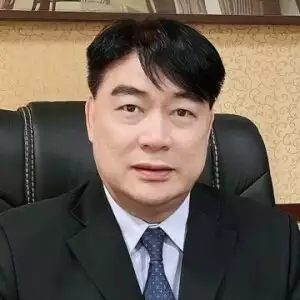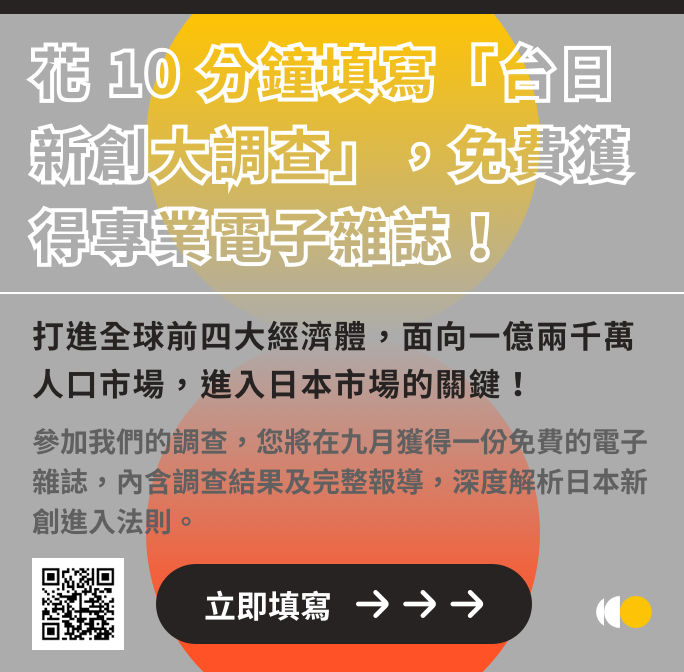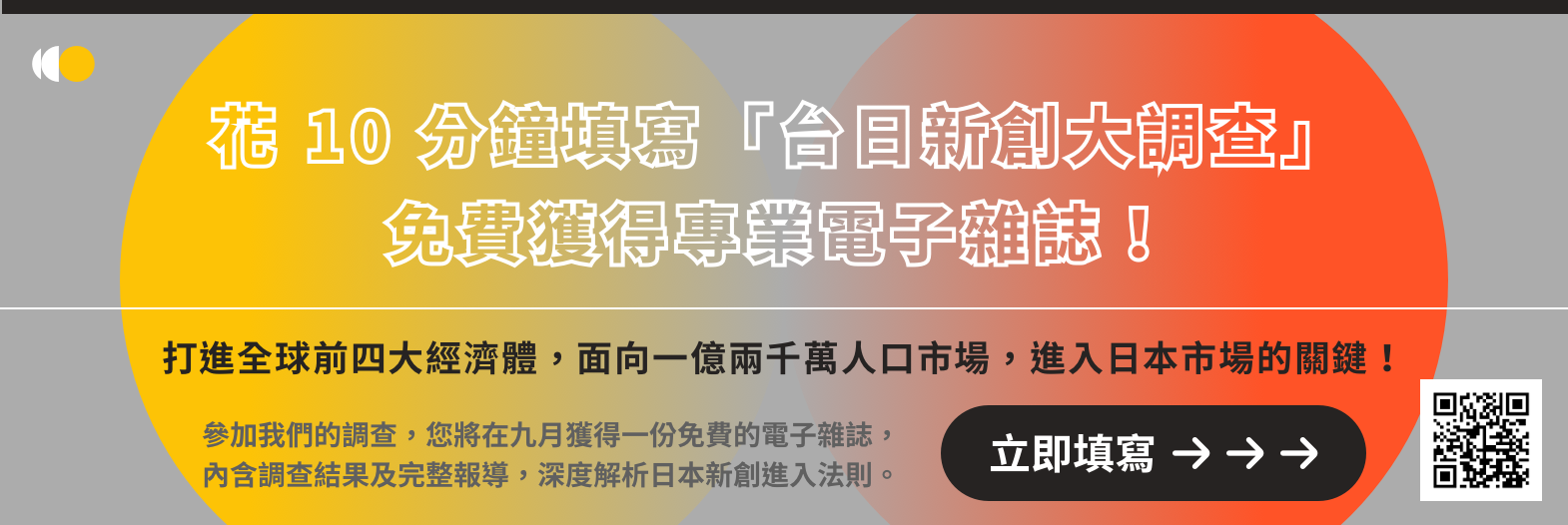What happened?
- According to Japan's Nomura Securities, Vietnam was the greatest beneficiary under the US-China trade war and the winner of the trade diversion as a result. The result is also thanks partly to the "Indo-Pacific Economic Framework" (IPEF) launched by the US side. (Global UDN)
- Using the term "framework," IPEF will not take the traditional trade agreement form by providing relaxed market access or tariff preferences for IPEF participants. Instead, IPEF is primarily to involve commitments in four separate pillars covering selected trade issues; supply chains; clean energy, decarbonization, and infrastructure; and tax and anti-corruption to achieve the goal of deepening cooperation. (Sunrise)
- According to the Vietnam General Statistics Office (GSO), Vietnam's GDP grew by 8.1% in 2022, making it the fastest-growing country in Asia. Nevertheless, demand for Vietnam's exports is facing headwinds from a global slowdown.
- The IMF predicts that Vietnam's GDP will reach 6.7% in 2023, which, although lower than last year, would still be the fastest pace among nations in East Asia. The world's three major credit rating agencies, including Moody's, still give Vietnam a positive credit rating.
Can Vietnam be the next world's factory?
- Vietnam, the fastest-growing economy in Southeast Asia, is considered the most promising country in taking over China's share of OEM business.
- However, unlike China, which has seven top-10 deep-water ports in the world, Vietnam doesn't have a big logistics throughput like China. In addition, Vietnam's wages have been on the rise each year and are estimated to likely reach the same level as China's currently in seven years. (TSFA)
- In recent years, thanks to the active deployment and guidance of the Vietnamese Government, Vietnam has become a popular destination for the electronics and manufacturing industries. Many Taiwanese businesses and Chinese local manufacturers have relocated their factories to Vietnam. The Vietnamese Government leverages lower labor costs and land rents than China to attract more foreign businesses to invest in Vietnam.
- Vietnam has benefited in part from the manufacturing supply chain due to the US-China trade war. In Apple's supply chain, Vietnam has 21 suppliers in total, an increase of 7 from 2018. Taiwanese companies play an important role in Apple's supply chain, including Foxconn, Pegatron, Quanta, and Compal, all of which have expanded their factories in Vietnam. (TechNews)
- The reasons why Vietnam is considered to be the next world's factory are first, relatively stable politics and religion; second, proximity to the sea for easier transport of goods; third, remarkable performance in fighting corruption. Lately, the Vietnamese Government has even adopted more favorable tax policies by launching industry tax incentives to provide "tax exemption for four years and 50 percent reduction of payable tax amounts for nine subsequent years" in an attempt to attract foreign companies operating within the country.
What are the future challenges?
- Vietnam's current cheap labor force and preferential tariffs are well positioning the country for taking over diverted manufacturing out of China. However, a challenge that lies ahead is the availability of human resources. As more high-tech and electronic manufacturing industries relocate to Vietnam, there is a risk of the labor pool in traditional sectors like textiles and shoemaking being squeezed.
- Joining IPEF is beneficial to Vietnam's labor force. Vietnam can negotiate with other countries based on some international economic and trade regulations within this structure, especially on labor issues.
These years, Vietnam has enthusiastically incorporated trade liberalization by signing many free trade agreements with other countries. The agreements coupled with various preferential policies attract foreign investment in setting up factories. Its industrial competitiveness is no less than India, Thailand, and Malaysia among ASEAN countries. How did the increasingly popular "Made in Vietnam" emerge and rise? The following in-depth Sunrise Medium's interview with experts has shed some light.























